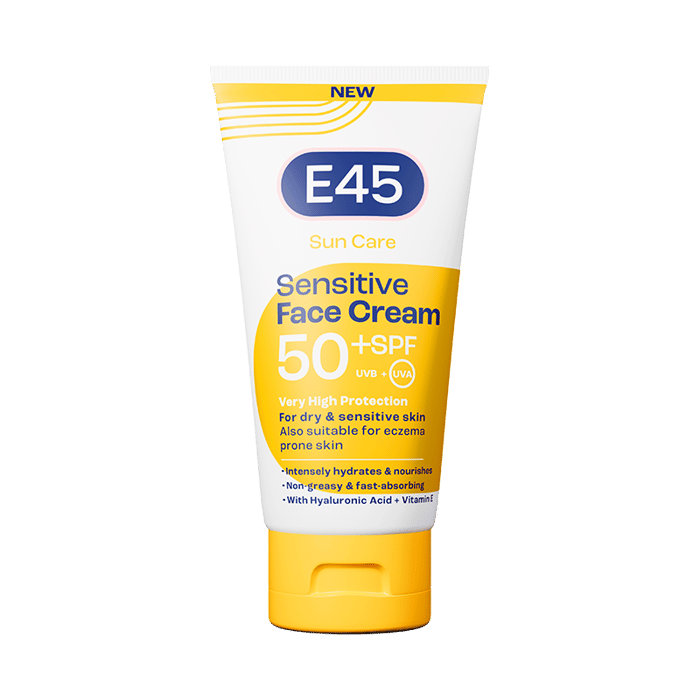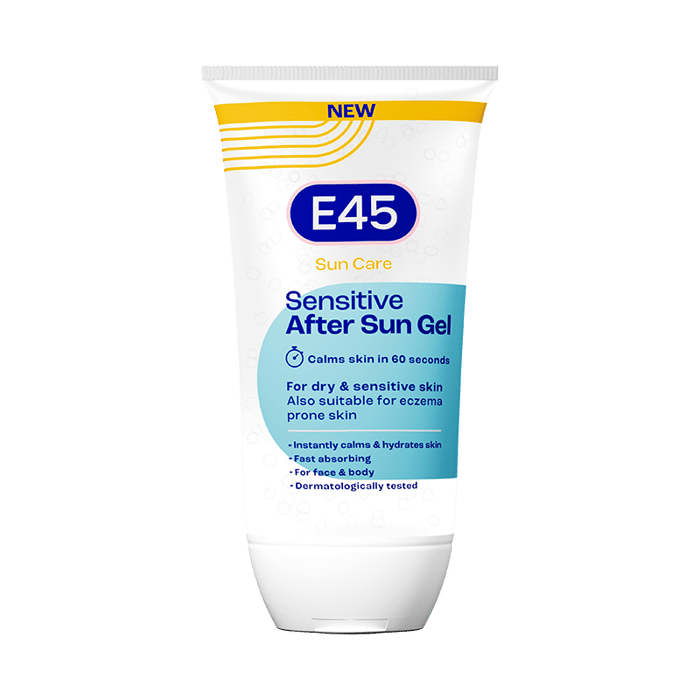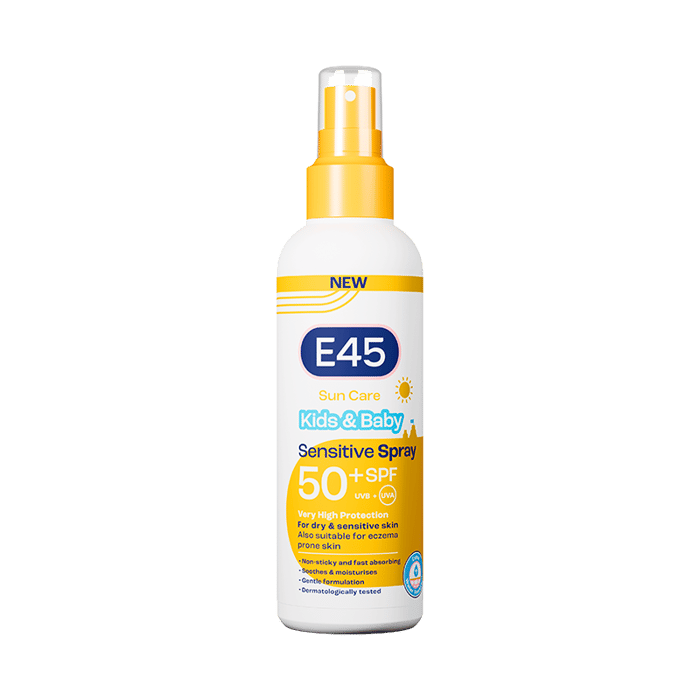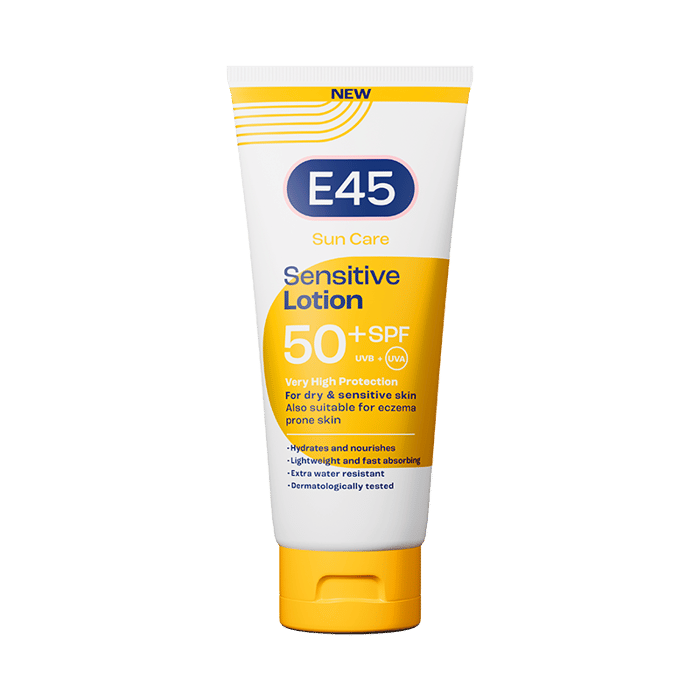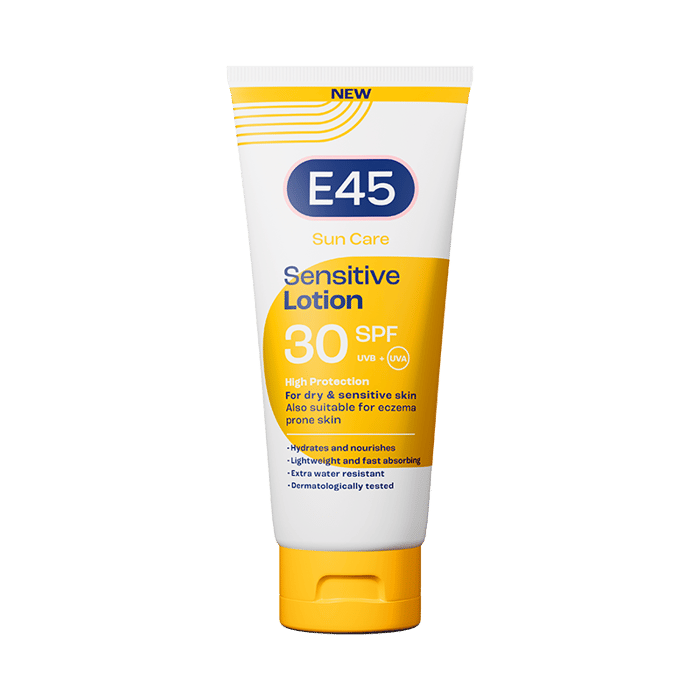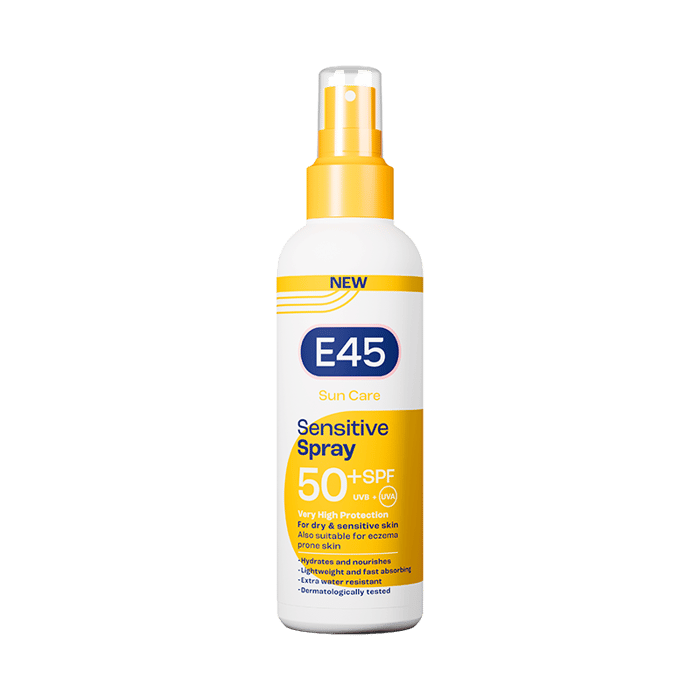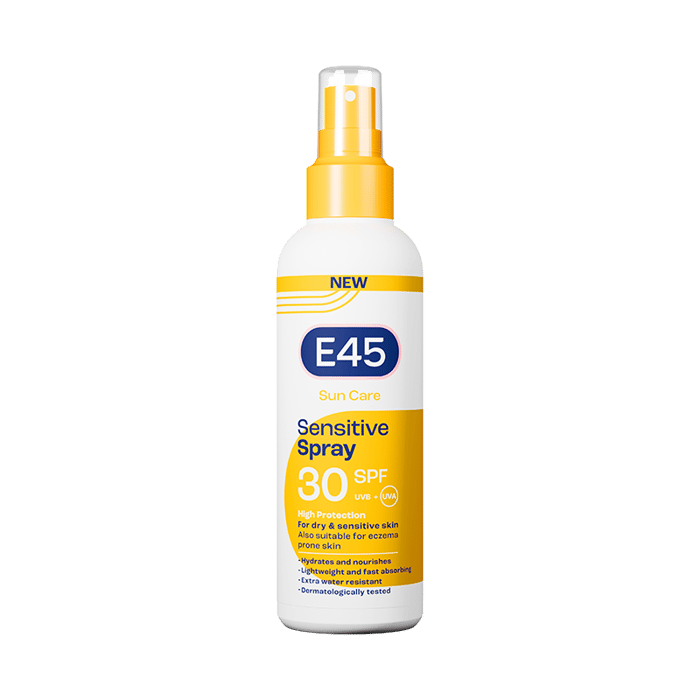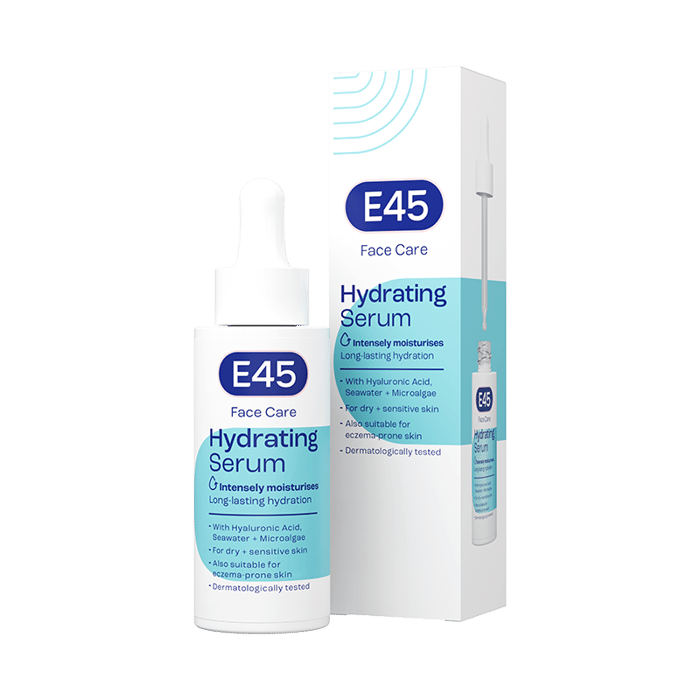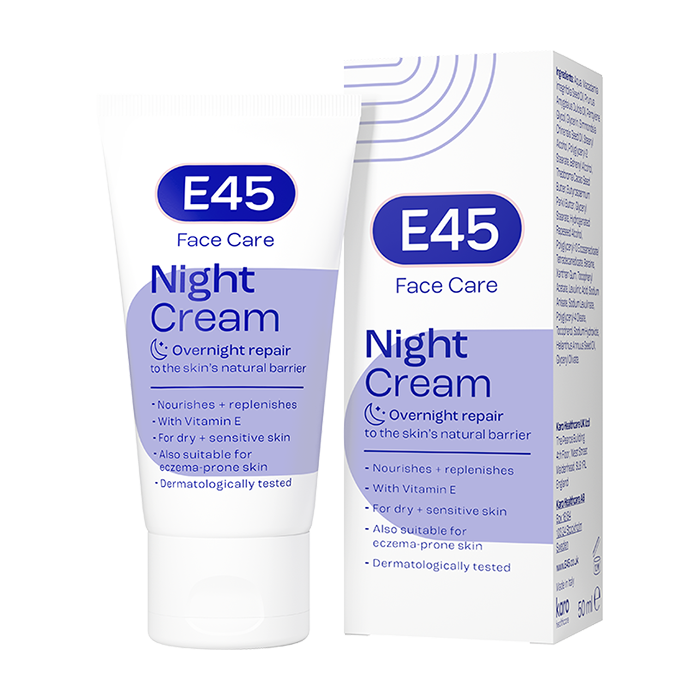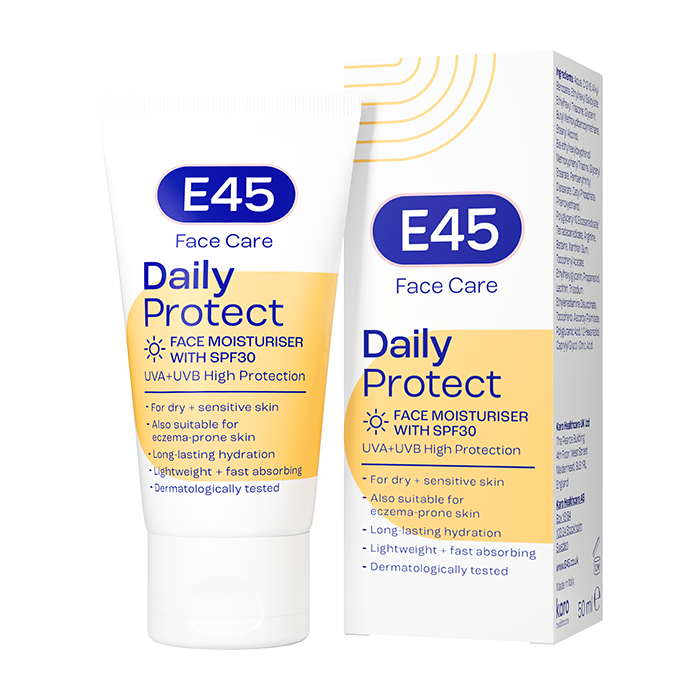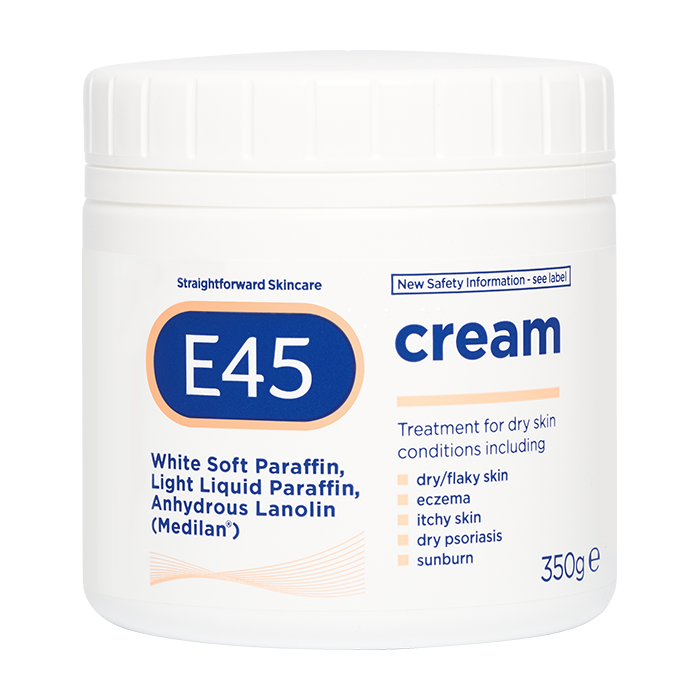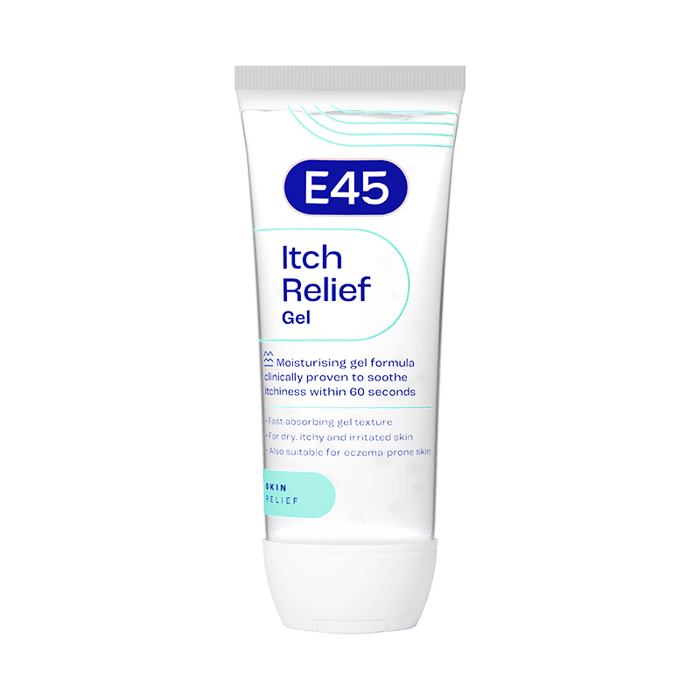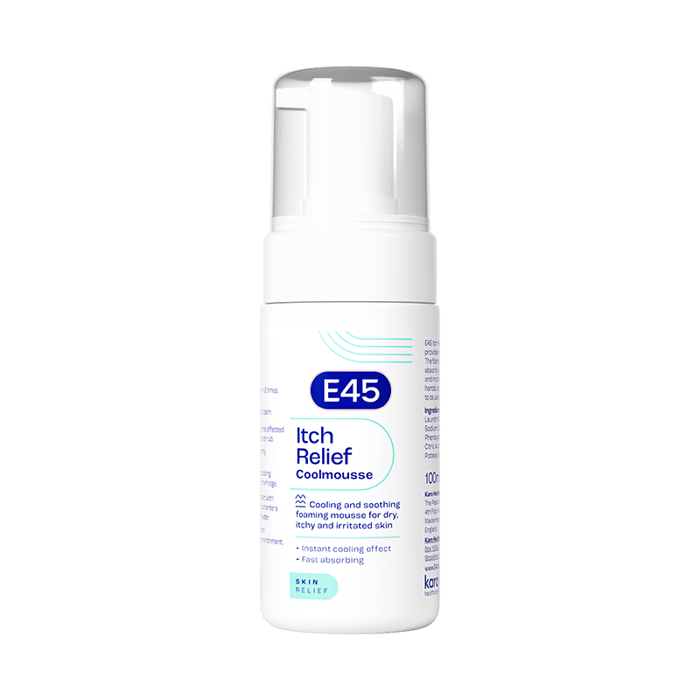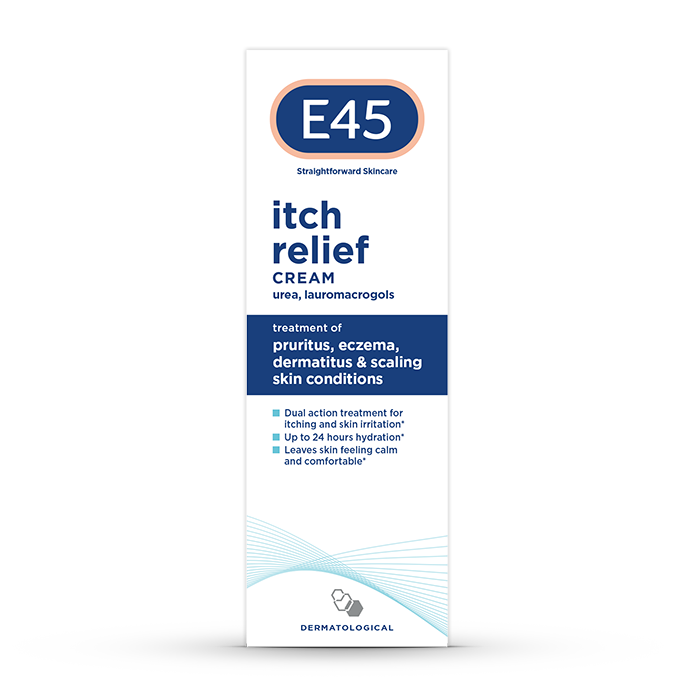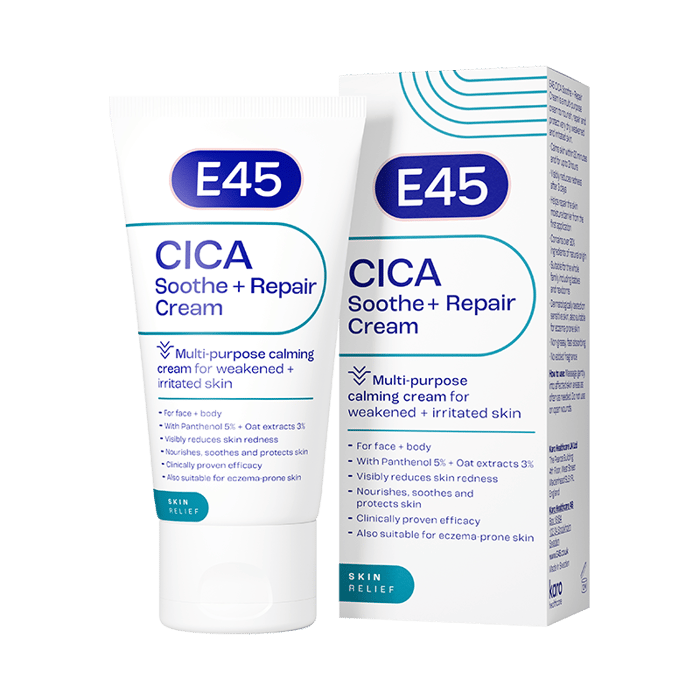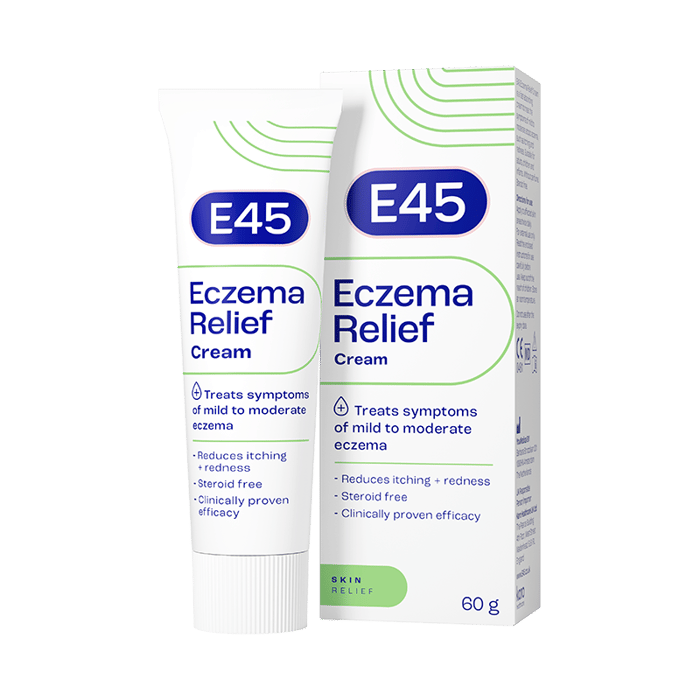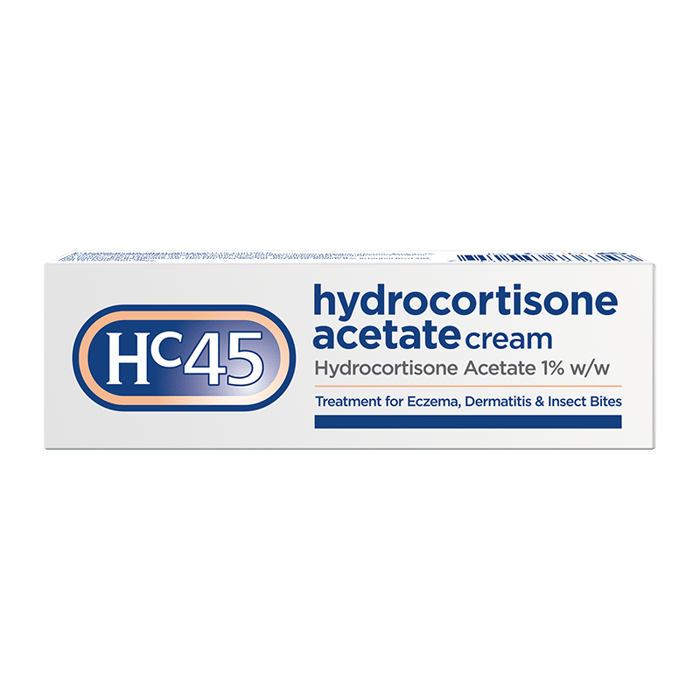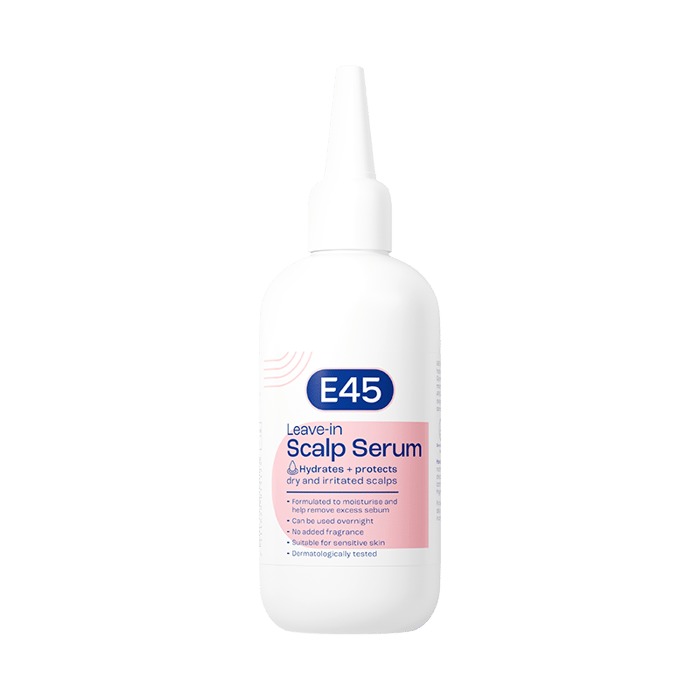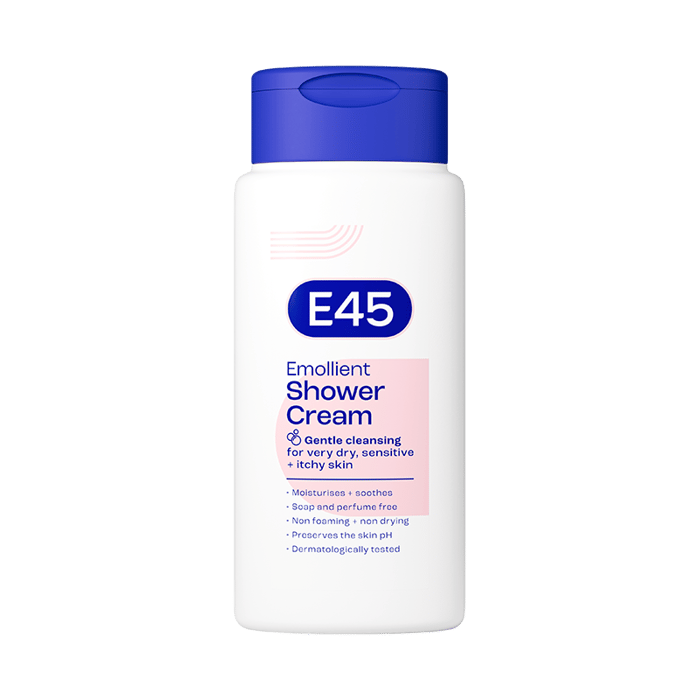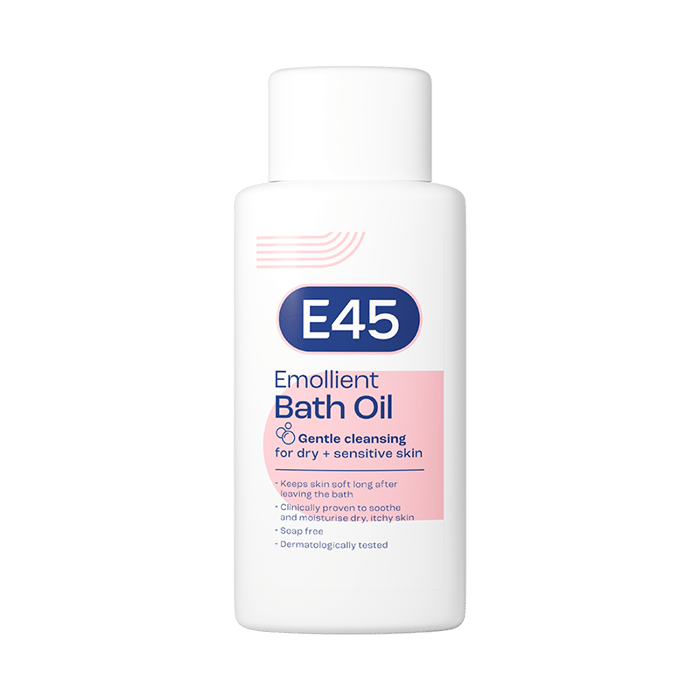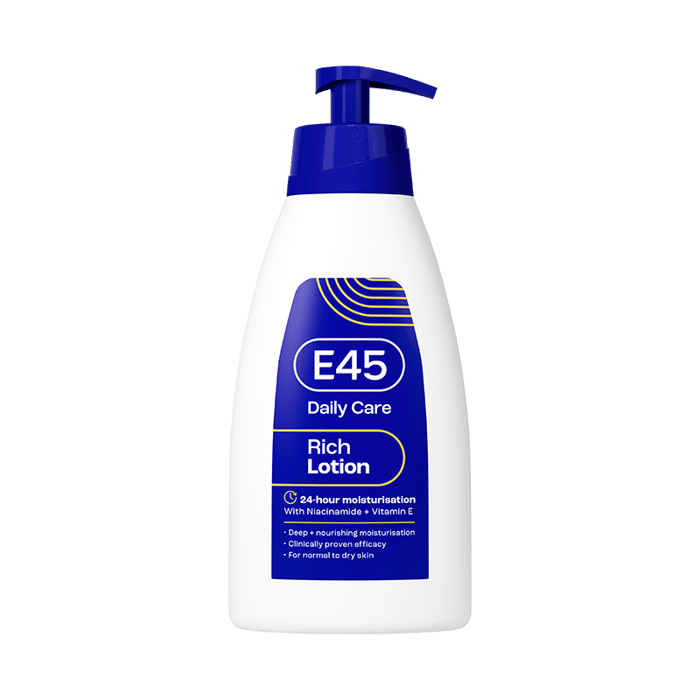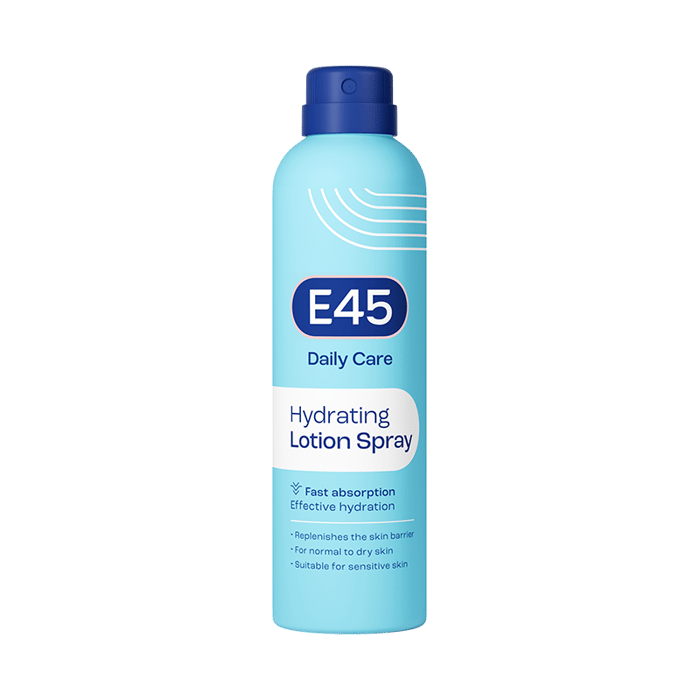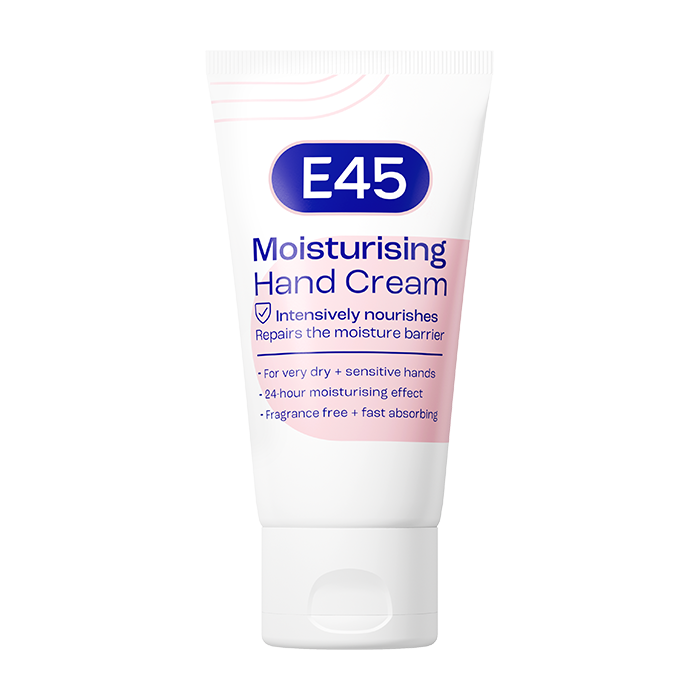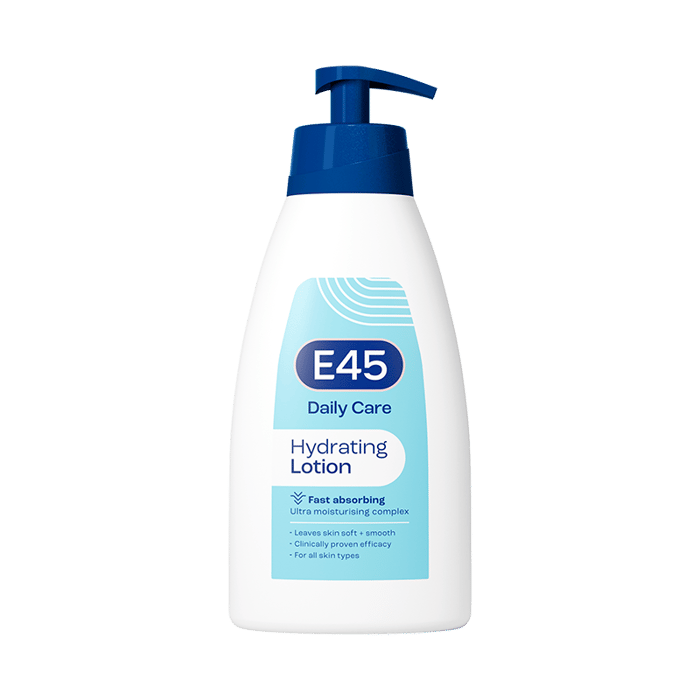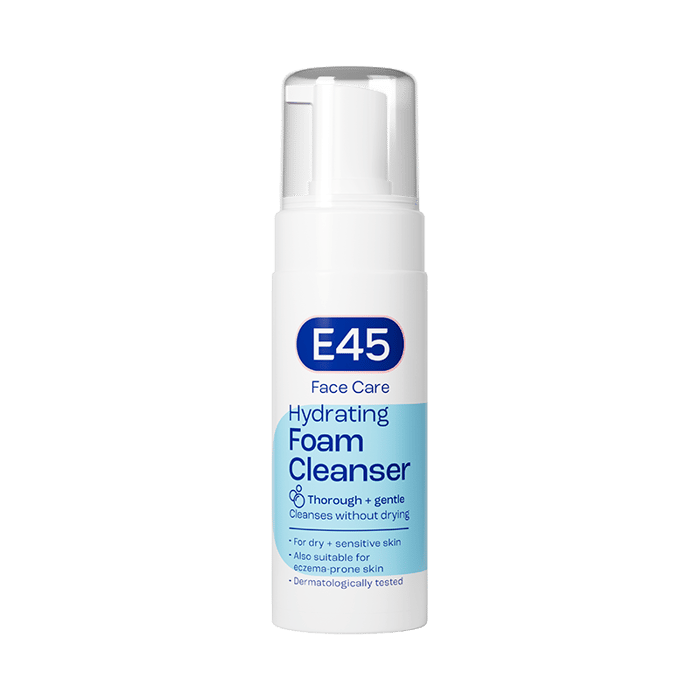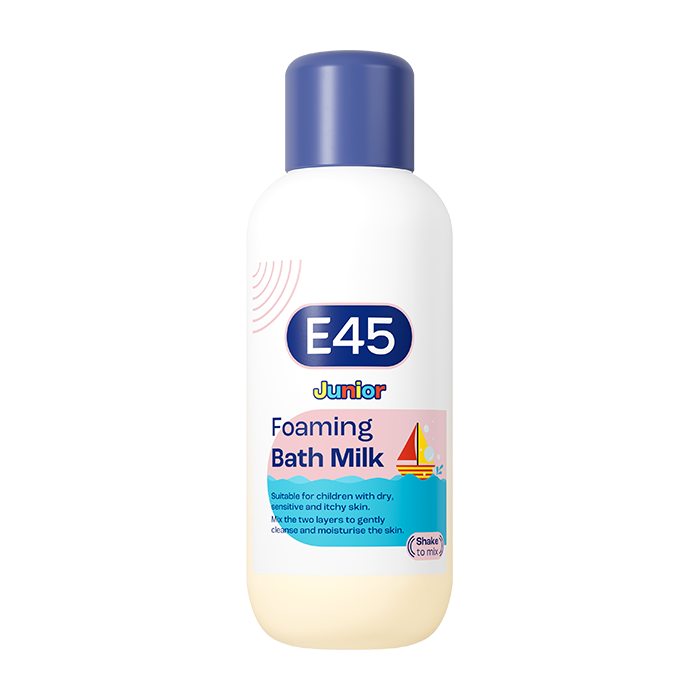Seborrheic Dermatitis
Seborrheic dermatitis is a skin condition that causes scaly, itchy patches on the scalp, often accompanied by stubborn dandruff that doesn’t seem to go away. If you’re experiencing these symptoms, you may be dealing with this common and persistent condition. Fortunately, seborrheic dermatitis is manageable with the right treatment and may sometimes even resolve on its own.
Read on to discover:
- What is Seborrheic Dermatitis?
- Symptoms of Seborrheic Dermatitis?
- Seborrheic Dermatitis or dandruff
- What areas of the body does Seborrheic Dermatitis affect?
- Causes and Triggers to Seborrheic Dermatitis
- Diagnosing Seborrheic Dermatitis
- Seborrheic Dermatitis treatment
- Preventing Seborrheic Dermatitis
- Lifestyle and Home Remedies for Seborrheic Dermatitis
- Conclusion
- Seborrheic Dermatitis FAQs
What is seborrheic dermatitis?
Seborrheic Dermatitis is a skin condition that affects around 5 in 100 people in the UK. While it often appears on the scalp, it can also show up on other areas of the face like the eyelids, ears, and eyebrows, as well as on other parts of the body. This condition is a form of dermatitis that can be ongoing or can come and go over time.

Symptoms of Seborrheic Dermatitis?
Seborrheic dermatitis can show up in a few different ways, with some of the most common symptoms being:
- Flaky skin on the scalp, hair, eyebrows, or beard
- Redness on the scalp, face, or chest area
- Itchy skin
- Greasy patches of skin that may have white or yellow scales or crusts
- Blepharitis, which is a symptom affecting the eyelids, causing scaly redness around the edges
It’s possible that if you have a milder case of seborrheic dermatitis, you might not experience all of these symptoms. However, in more severe cases, you may notice several of these signs becoming more pronounced.
Seborrheic Dermatitis or Dandruff
Seborrheic dermatitis and dandruff are often mentioned together because they share similarities but aren’t the same.
Dandruff is a milder form of seborrheic dermatitis that affects the scalp. It causes flaking, which many people notice as white flakes on their shoulders or in their hair. Dandruff is usually limited to the scalp and doesn’t cause much redness or irritation. (Source)
Seborrheic Dermatitis, on the other hand, can affect not just the scalp but also other oily areas of the body, like the face, chest, and back. It’s more than just flaking; it can cause red, scaly patches, itching, and sometimes even discomfort. This condition tends to be more persistent and may require more attention to manage. (Source)
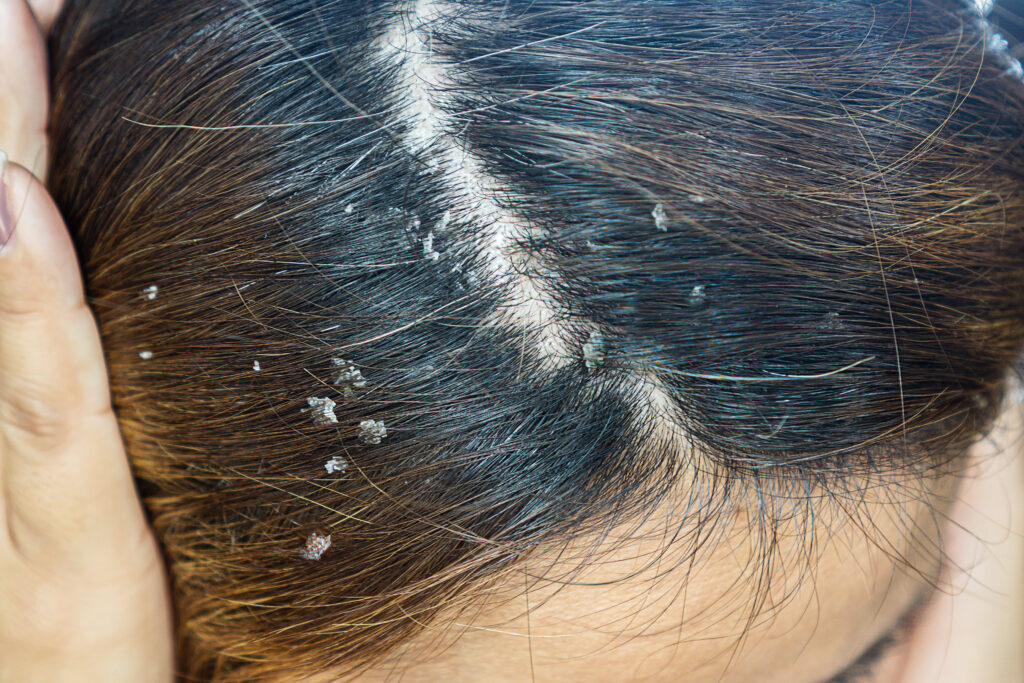
What Areas of the Body Does Seborrheic Dermatitis Affect?
Seborrheic dermatitis commonly affects areas of the body where sebaceous (oil) glands are most prominent. The most frequently affected areas include:
- Scalp: This is the most common area, often manifesting as dandruff or cradle cap in infants.
- Face: Seborrheic Dermatitis often affects the eyebrows, the sides of the nose, and the area between the eyebrows (glabella). The eyelids (causing blepharitis) and the nasolabial folds are also commonly affected.
- Ears: The condition can affect both the external ear canal and the area behind the ears.
- Chest: Particularly the upper chest area, where oil glands are more concentrated.
- Back: The upper back is another common area as there are a lot of oil-producing (sebaceous) glands in this part of the body.
- Areas prone to friction: This includes the armpits (axillae) and the groin, though these are less commonly affected compared to the areas above.
Causes and Triggers to Seborrheic Dermatitis
The exact cause of seborrheic dermatitis is yet to be determined, but several factors are thought to contribute to its development:
Yeast
One possible cause is Malassezia, a type of yeast or fungus that naturally lives on the skin’s oil glands. For some people, their immune system may react abnormally to this yeast, leading to overgrowth and contributing to seborrheic dermatitis. (Source)
Immune System
Having a suppressed immune system can increase your likelihood of developing seborrheic dermatitis. Conditions like HIV, recent organ transplants, or certain cancers can make this skin condition more common. (Source)
Climate
Where you live might play a role. Seborrheic dermatitis is more frequently seen in colder, drier climates. Moving to a different climate can also affect your skin and may trigger the condition.
Stress
Stress is often linked to seborrheic dermatitis, both as a trigger and a factor that can make symptoms worse. If you start noticing signs of this condition, finding ways to manage stress could be beneficial.
Overall health
Certain health conditions can increase your risk of seborrheic dermatitis. These include heart disease, strokes, Parkinson’s disease, and depression. Conditions like eating disorders or alcoholism may also raise the risk. (Source)
Certain Medications
Some medications might make you more susceptible to seborrheic dermatitis. If you have concerns about this, it’s a good idea to discuss them with your GP.
Harsh Chemicals
Using harsh detergents, chemicals, or soaps on your scalp and skin can contribute to seborrheic dermatitis. If you already have the condition, these substances might make your symptoms worse. Opting for gentler products can help manage this. Read our article on how to ensure a gentle skincare routine for sensitive skin.
Who gets Seborrheic dermatitis?
Seborrheic dermatitis can affect people at any stage of life, though some groups are more likely to experience it.
Infants: Commonly seen in babies as cradle cap, which appears as thick, crusty patches on the scalp. It usually shows up in the first few weeks and clears up on its own with gentle care.
Adolescents: Hormonal changes during adolescence can lead to flare-ups, particularly on the scalp and face.
Adults (30-60 years): Seborrheic dermatitis often reappears in adulthood, especially as dandruff or in areas like the face, ears, and chest. Stress and hormones can trigger sensitivity.
Older Adults: The condition becomes more common in those over 50, often as a chronic issue due to changes in skin and immunity.
Men: Men are slightly more prone to seborrheic dermatitis, possibly due to differences in skin oils.
People with Oily Skin: Those with oily skin may experience more frequent flare-ups, particularly in areas like the nose, eyebrows, and hairline. (Source)
Diagnosing Seborrheic Dermatitis?
Seborrheic dermatitis is usually easy to identify because of its noticeable symptoms on the scalp and skin.
Visiting the GP
If you’ve experienced seborrheic dermatitis before and are only experiencing mild symptoms, you might not need to visit your GP. Instead, you can ask your pharmacist for advice and use a specialist shampoo, like E45 Dry Scalp Shampoo, which can help soothe your symptoms and provide some relief.
However, if you’re unsure whether it’s seborrheic dermatitis or another skin condition, it could be helpful to make an appointment with your GP or a dermatologist for an accuratediagnosis.
Diagnosing seborrheic dermatitis doesn’t require blood or urine samples, and there’s no need for allergy tests. In some cases, your GP or dermatologist might suggest a skin biopsy to rule out other conditions. This procedure is simple, non-invasive, and pain-free.
Preparing for Your Appointment
Getting ready for your appointment can help you make the most of your time with the healthcare provider. Here are a few tips:
Note Your Symptoms: Jot down when your symptoms started, how often they occur, and anything that seems to trigger them.
List Your Skincare Products: Bring a list of all the products you’re using on your skin and scalp, as this helps your provider understand what might be affecting your condition.
Write Down Questions: Think about what you want to ask during your appointment and write it down so you don’t forget.
Health History: Mention any other health conditions or family history that might be relevant.
Consider Photos: If your symptoms come and go, take a few photos to show your provider.
These steps can help you get the most out of your visit and make it easier for your provider to offer the best advice.

Seborrheic Dermatitis Treatment
Seborrheic dermatitis can be managed with various treatments, depending on the severity and location of the symptoms. Here are some common options:
1. Over-the-Counter Treatments
Specialist Shampoos: These often contain ingredients which help reduce scaling, itching, and flaking on the scalp. Ask your pharmacist for assistance if you’re unsure of what to pick.
Topical Creams and Lotions: Antifungal creams, corticosteroid creams, or products with salicylic acid can help manage symptoms on the face and body. If you’re experiencing itchy skin on your body, E45 Itch Relief Gel can help soothe the itch.
2. Prescription Medications
For more severe cases, your healthcare provider might prescribe a stronger corticosteroid cream or lotion to reduce inflammation and itching. Consult your doctor for these remedies.
3. Light Therapy
Phototherapy: In some cases, your provider might suggest light therapy, which can help reduce inflammation and symptoms over time.
3. Natural Remedies
Tea Tree Oil: Some people find that shampoos or creams containing tea tree oil can help manage symptoms as it can sometimes help reduce inflammation, relieve itching and also has anti-microbial properties.
Aloe Vera: In some cases, applying aloe vera gel may help soothe irritated skin thanks to its anti-itch and anti-inflammatory properties.
Preventing Seborrheic Dermatitis
While seborrheic dermatitis can’t always be prevented, especially if it’s genetic, there are ways to reduce flare-ups:
- Avoid alcohol-based products: These can dry out and irritate your skin.
- Maintain a healthy weight: This supports overall skin health.
- Get enough sleep: Adequate rest helps keep your skin in good condition.
- Manage stress: Stress can trigger symptoms, so finding ways to relax is helpful.
- Use gentle skincare products: Opt for those designed for sensitive skin.

Lifestyle and Home Remedies for Seborrheic Dermatitis?
Managing seborrheic dermatitis at home can help control symptoms and reduce flare-ups. Here are some practical steps you can take:
Gentle Skincare Routine
Wash affected areas daily with a mild, fragrance-free soap or a cleanser containing pyrithione zinc. Avoid harsh soaps and anything with strong fragrances, as these can irritate your skin and trigger flare-ups. After washing, apply a gentle, fragrance-free moisturiser to keep your skin hydrated. Well-moisturized skin is less likely to become irritated.
Scalp Care
If you’re dealing with dandruff or scalp irritation, consider using a medicated shampoo. Use the shampoo as directed—sometimes daily until symptoms improve, then less frequently to maintain control. If your usual shampoo seems to lose effectiveness, rotating between different medicated shampoos can help maintain results.
Manage Triggers
Stress can often trigger or worsen flare-ups, so finding ways to manage stress, like practicing mindfulness, exercising, or engaging in relaxing activities, can be beneficial. Additionally, cold, dry weather can make symptoms worse, so protect your skin by wearing appropriate clothing and consider using a humidifier indoors to keep the air moist.
Avoid Irritants
To avoid further irritation, try to limit or eliminate the use of hair sprays, gels, and other styling products while managing seborrheic dermatitis. These products can build up and irritate your scalp. It’s also helpful to avoid products containing alcohol, as they can dry out your skin and scalp, potentially leading to flare-ups. Opt for alcohol-free alternatives whenever possible.
Home Remedies
If you have thick scales on your scalp, applying oils like olive or mineral oil can help soften them. Leave the oil on for a few hours to allow it to work, then gently comb out the scales and wash your hair. If you have a beard or mustache, regular washing with a medicated shampoo can reduce irritation. Shaving is also an option if facial hair seems to worsen the symptoms.
Dietary Changes
While not a direct treatment, some people find that reducing inflammation through diet (e.g., reducing sugar, processed foods, or adding omega-3 fatty acids) helps manage symptoms. (Source)
These treatments can often be combined to effectively manage seborrheic dermatitis. It’s best to consult with a healthcare provider to find the most suitable options for your specific situation.
Monitor and Adapt
Pay attention to what might be triggering your flare-ups. Keeping a journal of your symptoms and potential triggers can be useful in managing the condition over the long term. If you notice the early signs of a flare-up, start treating it right away, using the methods that have worked for you, such as your medicated shampoo or a mild corticosteroid cream.
By incorporating these lifestyle changes and home remedies into your routine, you can help manage seborrheic dermatitis more effectively and reduce the frequency and severity of flare-ups.
Conclusion
Seborrheic dermatitis is a common skin condition that, while persistent, can be effectively managed with the right approach. Understanding its symptoms, triggers, and treatment options can empower you to take control of your skin health. Whether it’s through lifestyle changes, home remedies, or medical treatments, there are many ways to reduce flare-ups and keep your skin feeling comfortable. If you’re dealing with symptoms of seborrheic dermatitis, consulting a healthcare provider can provide personalized guidance to help you find relief and maintain healthier skin over time.
FAQ: Seborrheic dermatitis
Is seborrheic dermatitis caused by poor hygiene?
No, seborrheic dermatitis is not caused by poor hygiene. The most common seborrheic dermatitis causes are suppressed immunity, an overgrowth of yeast, and certain medical conditions and medications.
What kills seborrheic dermatitis?
The most effective treatments for seborrheic dermatitis are over-the-counter creams, corticoid gels, and anti-fungal shampoos. It is also a good idea to try and manage your stress levels as stress can make your symptoms worse.
What causes seborrheic dermatitis to get worse?
Stress can make seborrheic dermatitis worse and can cause a flare-up to occur. Other factors such as being overweight and excessive drinking can also exacerbate your symptoms.
How do you fix seborrheic dermatitis?
In many people, seborrheic dermatitis is a long-term condition that can be managed rather than cured. Certain lifestyle changes such as losing weight, giving up alcohol, and getting sufficient sleep can all help to improve this condition. You may also want to try over-the-counter remedies such as E45, which is a topical cream or an anti-fungal shampoo for your scalp.
What foods trigger seborrheic dermatitis?
Although diet does not play a huge role in the development of seborrheic dermatitis, there are certain foods that can make your symptoms worse. These include cheese, tofu, bread, cake, biscuits, ketchup, and salty snacks such as crisps.
What is the difference between seborrheic dermatitis and psoriasis?
Although both seborrheic dermatitis and psoriasis are common conditions that affect the skin, they have slightly different symptoms. Psoriasis tends to display thicker scales on the scalp than seborrheic dermatitis, and it typically affects multiple parts of the body such as the elbows, knees, hands, or feet.Seborrheic dermatitis tends to manifest itself as red skin covered with greasy-looking white or yellow scales, whereas psoriasis scales tend to be flaky.



